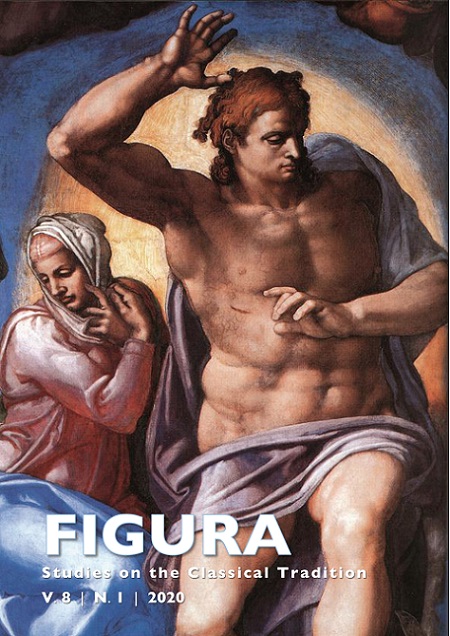Abstract
This article deals with the presentation and analysis of eighteen devotional sculptures representing The Education of the Virgin produced in São Paulo between the 17th and 18th centuries, whose iconography is known as “wedding cake”. This denomination was inspired by the complex shape of St. Anne’s throne: an echeloned composition, formed by a wide variety of ornamental figures of fantastic character including, in addition to putti and cherubs, hybrid beings, masks and botanical elements. The protagonist role played by the throne is understood as a late persistence which stresses St. Anne’s role in the Conceptionist debate between the 15th and 16th centuries. This paper promotes an iconographical reading of the group, presenting hypotheses concerning its symbolic meanings, the process of the formal genesis of its typology and the identification, acculturation and transit of its prototypes.

